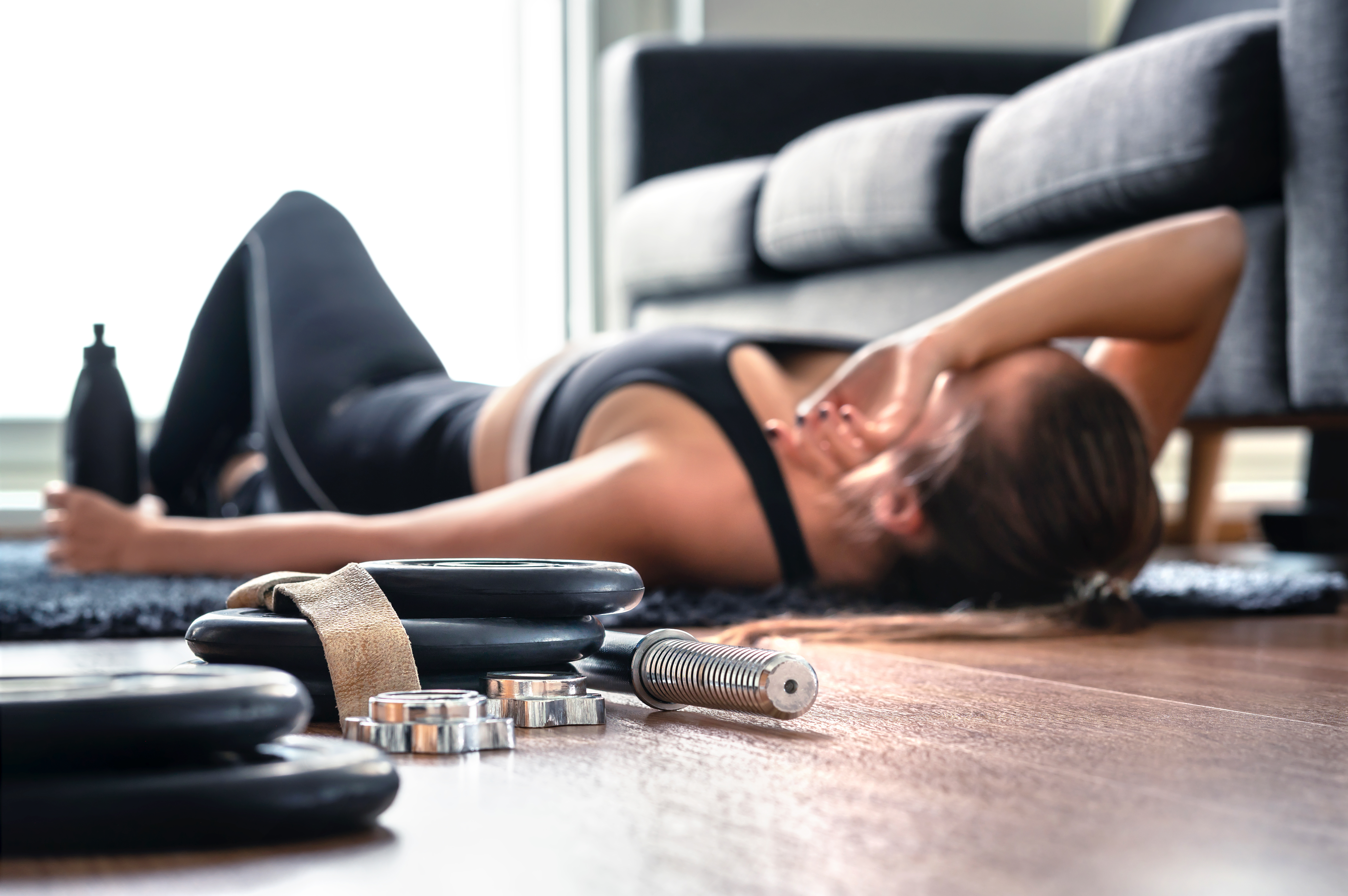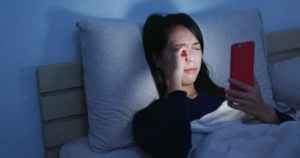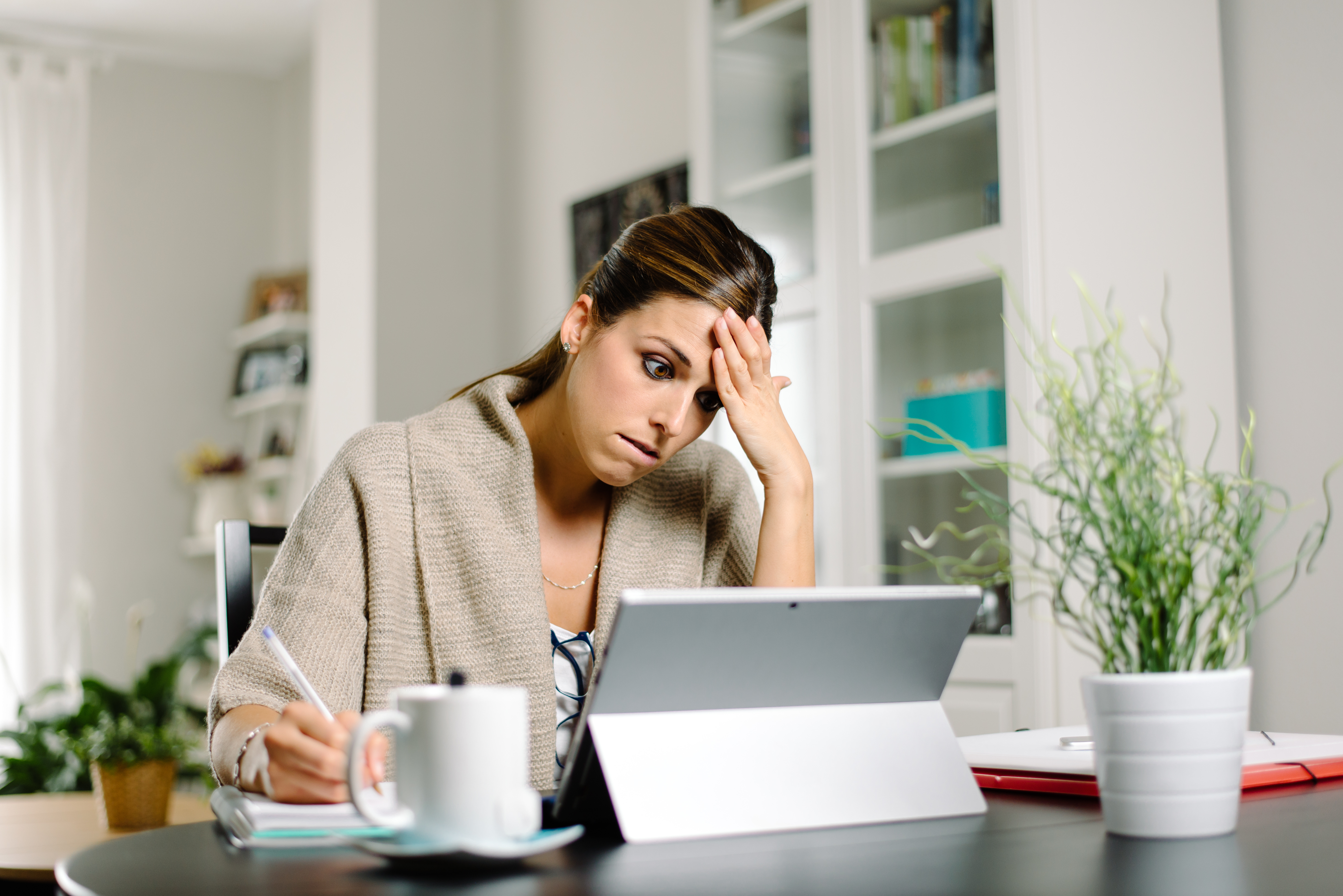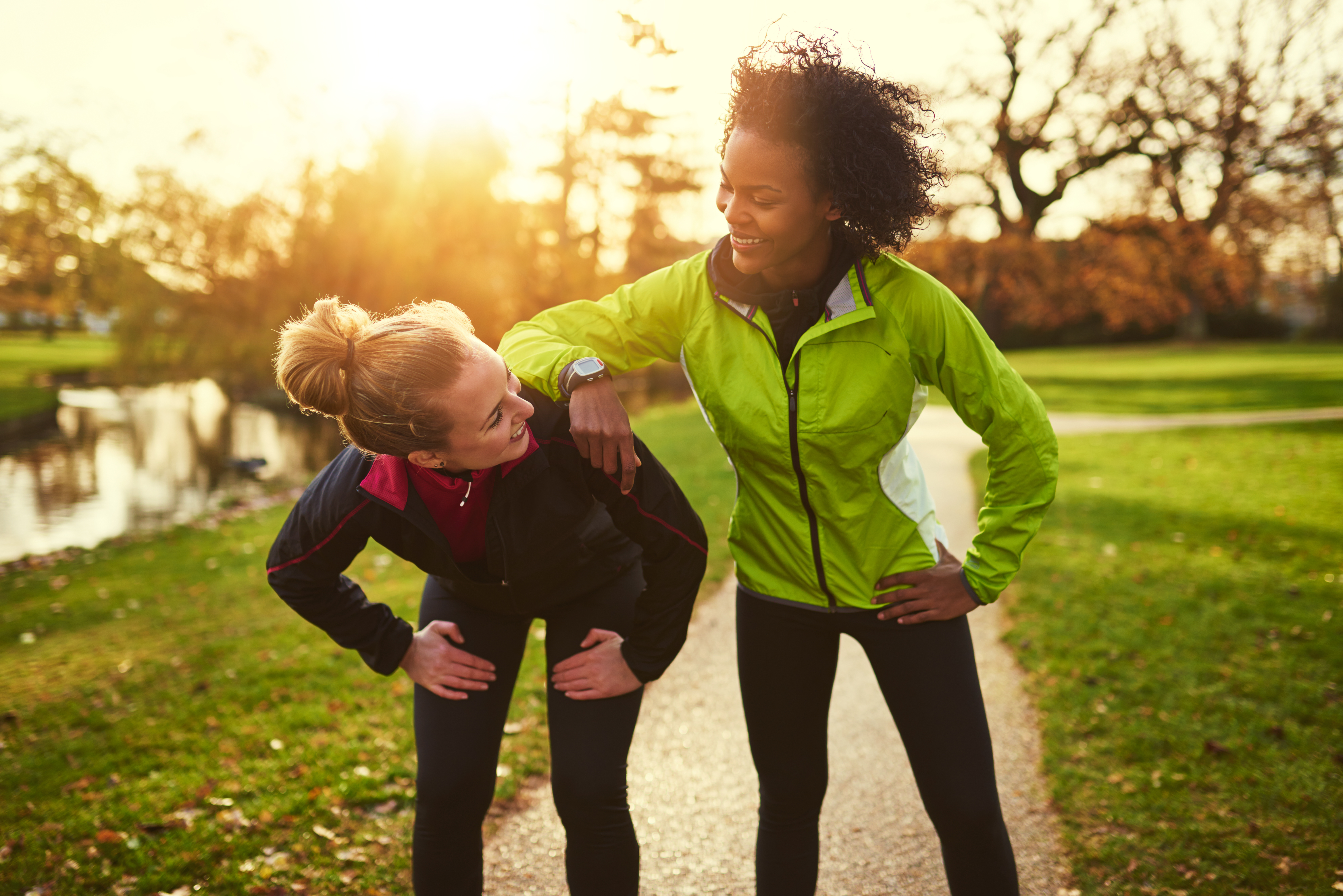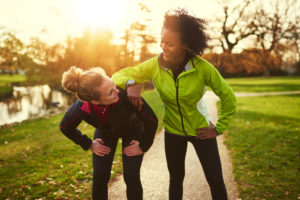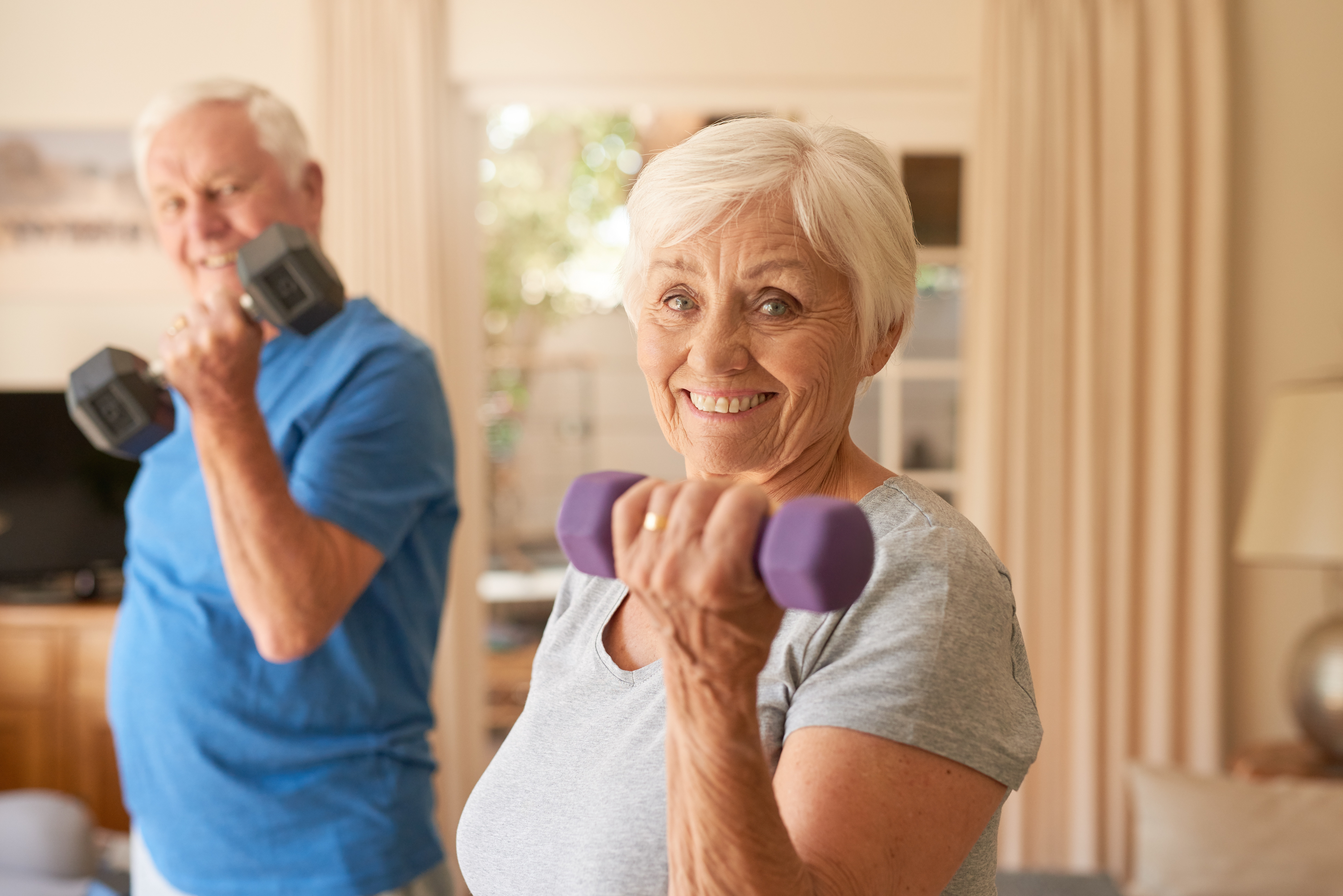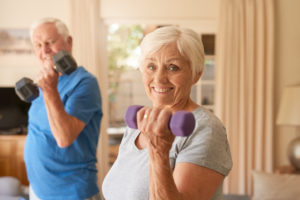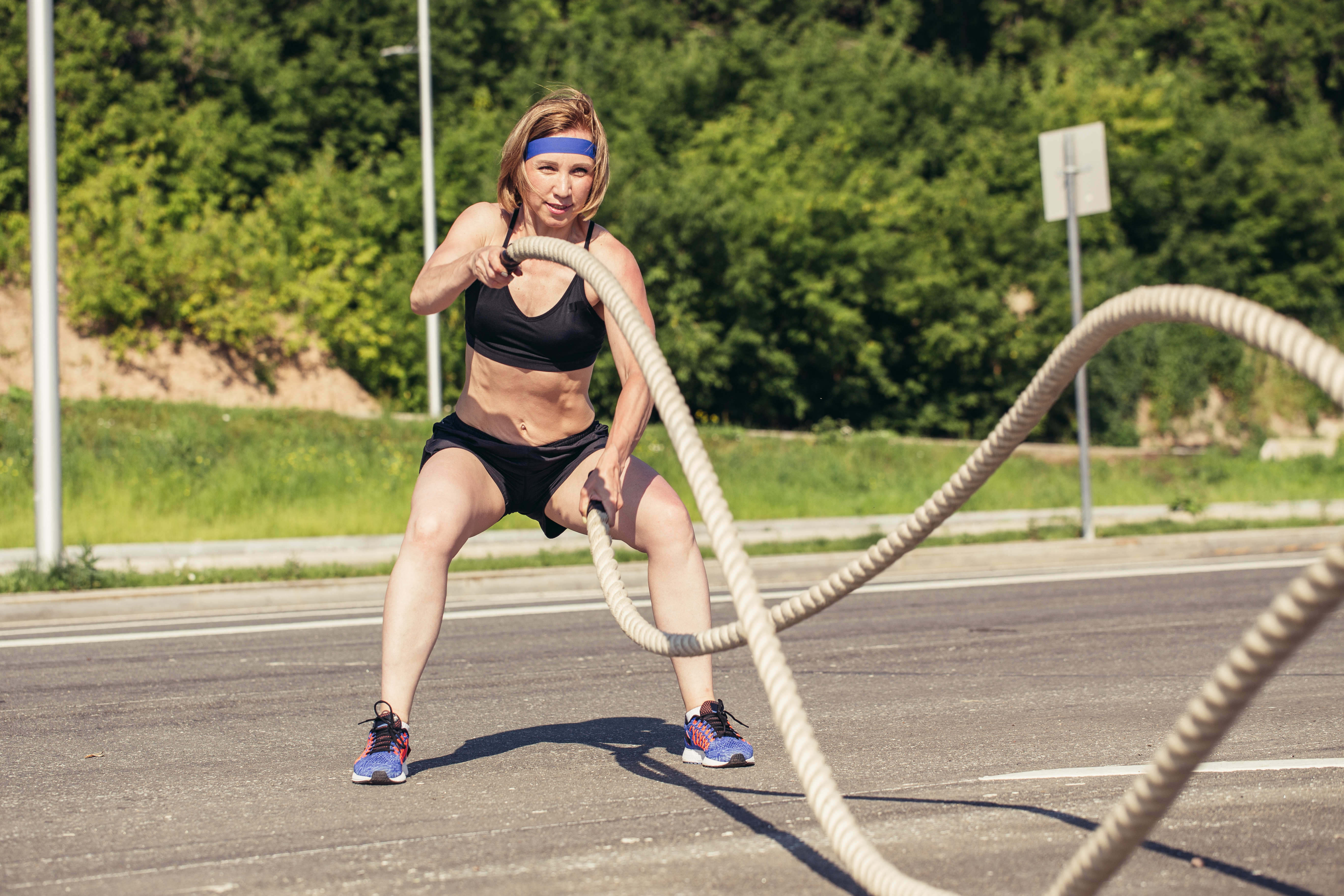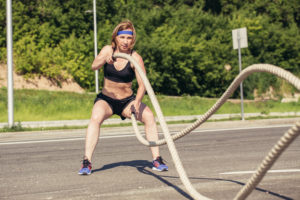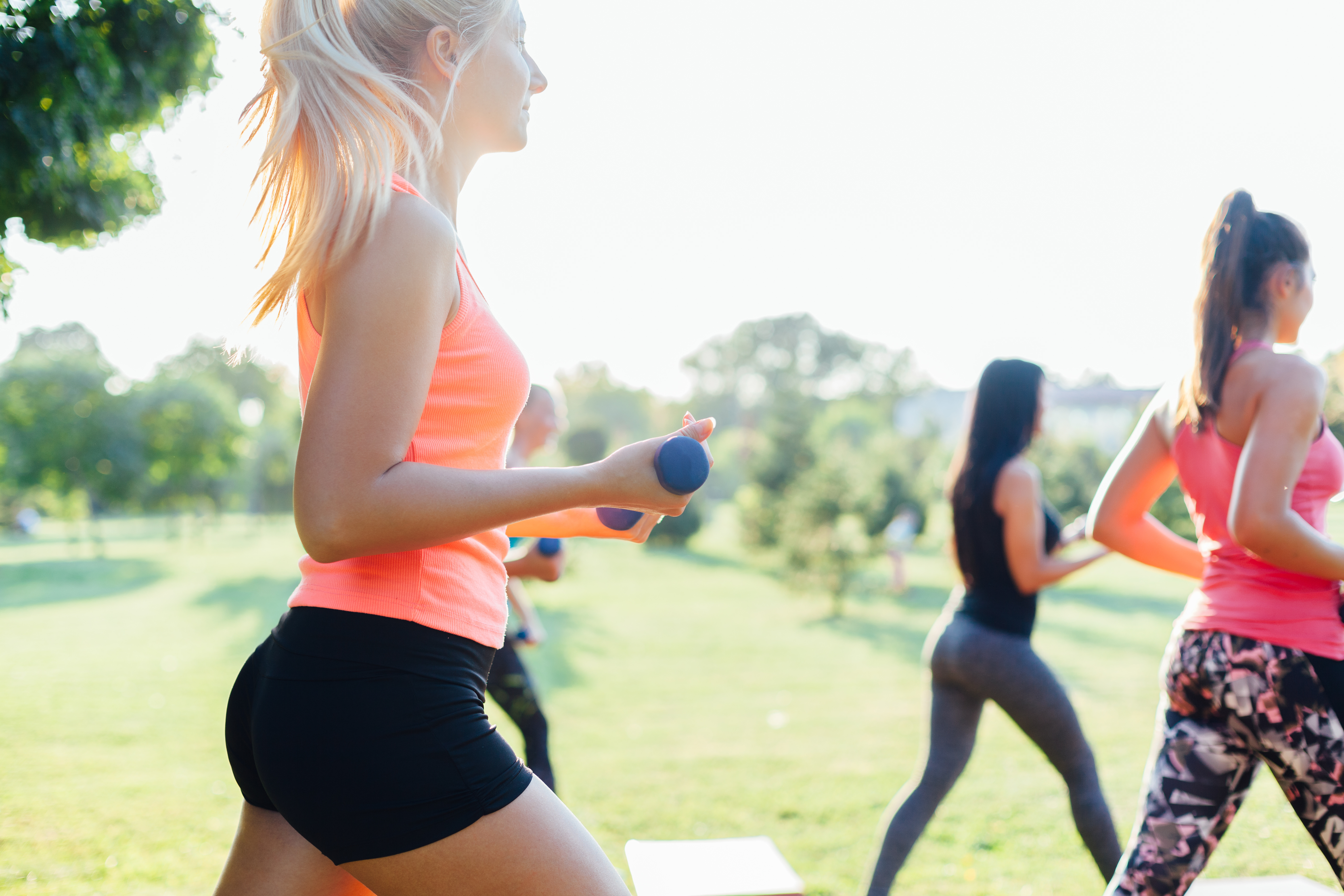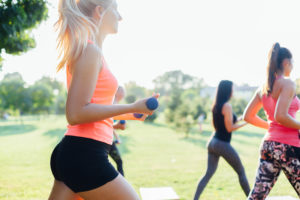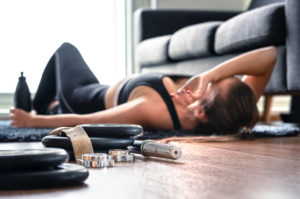
7 Mistakes to Avoid When Working Out
There are many mistakes that you can make on your way to health, wellness and a better body. For example, You may assume that getting in long sessions at the gym twice a week is all you need to come by that dream body. In reality, however, creating a better version of yourself doesn’t work that way. If you want to make your journey a success then you need to be prepared to give it plenty of time and patience, and plan well. If you don’t plan, you will be derailed on your road to a new you.
A Plan in Your Hands
Many people obtain a great deal of confidence from working out to a fitness plan. Some, however, like to make it up at the gym as they go along. It’s important to understand that a plan can be a template that helps you succeed. It can help you track how much progress you make, and help you make tweaks over time, depending on how much headway you make. If you don’t have a plan, you’re likely to be aimless, make mistakes, and lower your chances of success.
Too Hard For That Body
Many people start out with a fitness plan, but don’t allow themselves to progress gradually. Instead, they work out too hard right away. They injure themselves, become discouraged by how difficult exercise is, and give up.
Your fitness plan should include a way to gradually intensify your workouts, giving you plenty of recovery time to help your muscles repair themselves, heal, and develop. Your plan should include exercises that allow you to warm up, work out and cool down. This call progressive overload in the fitness community.
Stuck In Rut
Even if you’ve had a personal trainer design a workout just for you, you need to remember that the plan can’t last you forever. With time, your body is likely to adapt to those exercises and become too efficient at them. Your body won’t be challenged enough by them then. It’s important to keep tweaking your workouts at least once every two weeks. If you don’t alter your workouts over time, the gains in strength and fitness that you make will plateau before long. It essential to change up you routine every so often with a method known as periodization. This will also decrease boredom. Change gyms and find new equipment to use if possible.
Work Hard For That Body
It can be tempting to only work out lightly at the gym, barely breaking a sweat in the process. Light workouts are hardly the way to lose weight or build muscle, however. While you can certainly allow yourself to cheat on your workouts once in a while, light workouts can’t be the rule. If you don’t work out hard enough to get your heart pumping for reasonable periods of time, you probably won’t see results.
Mind Your Position
While modern gym machines are designed to make proper exercise form easy to achieve, you can still make mistakes on them. If you’re on the elliptical machine, you need to hold a good, erect posture, and concentrate on your workout. If you’re the treadmill, you need to space out your steps, look straight ahead, and run with purpose. Not only do poor posture and half-hearted form make it hard for you to get results, they often lead to injury.
Too Much of Good Thing
It’s important to supply yourself with enough energy as your body recovers from its workouts. You can also supply yourself with too much energy, however, if you gorge on sugary energy bars and fast food. You don’t want empty calories from such foods in your diet. Instead you should aim to supply yourself with energy from healthy foods. When you get yourself on the healthy diet, you attain your fitness goals far more easily.
Too Much Cardio and Not Enough Weights or Resistance Training
Do be afraid to push you body against resistance. This can either be done with your own body weight or using equipment either at home or the gym. While you may have a well-designed workout plan to follow, you may hold convictions about how cardio exercises are more important than weights when it comes to losing pounds. If your workouts focus too greatly on cardio exercises and not enough on resistance workouts involving weights, you lose an important opportunity to tone your muscles, raise your metabolic rate and burn calories fast.
It’s important, when you work out, to be sensitive to the needs of your body. You won’t make progress and your mistakes are likely to get in the way of your ability to attain your goals.
